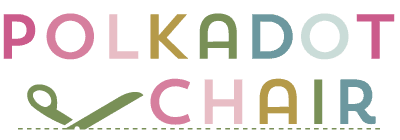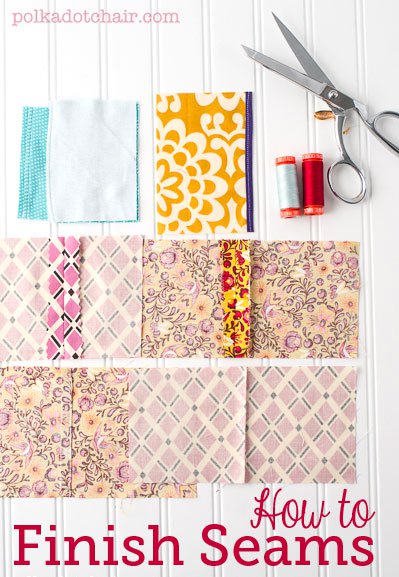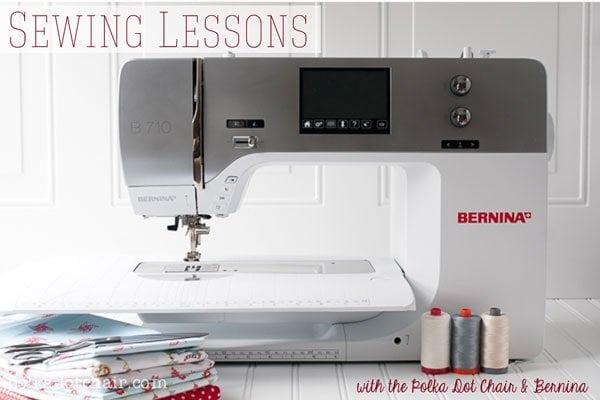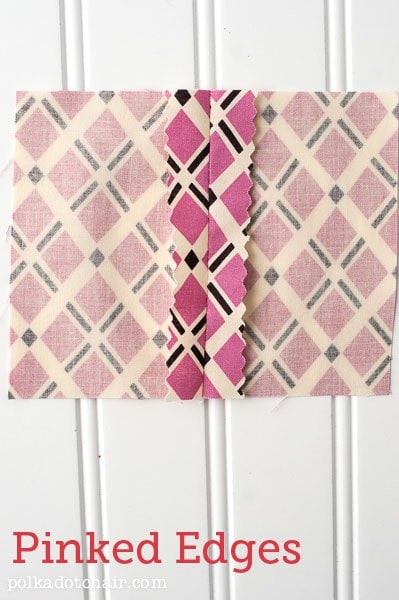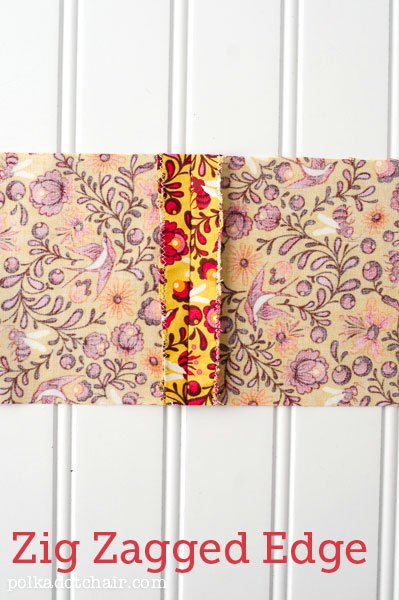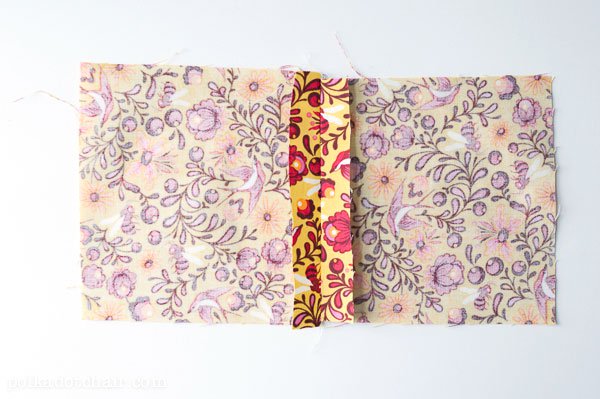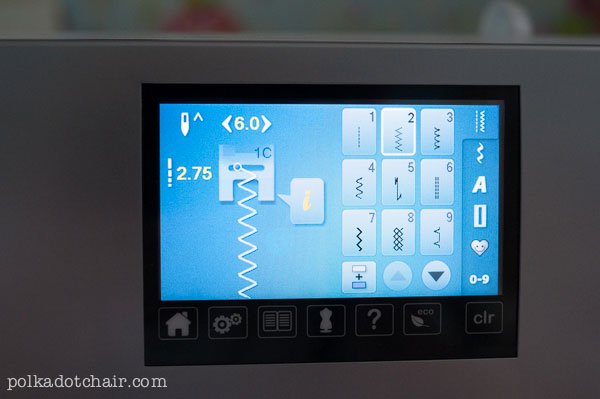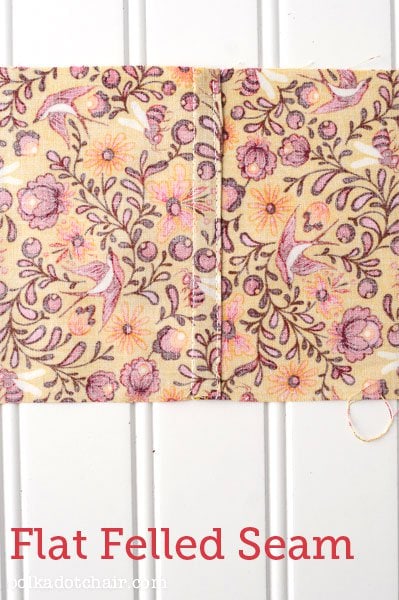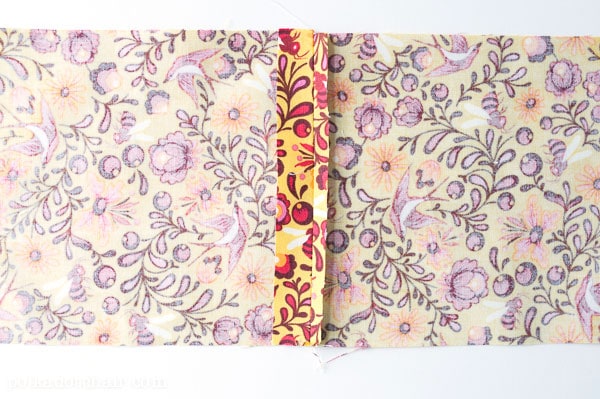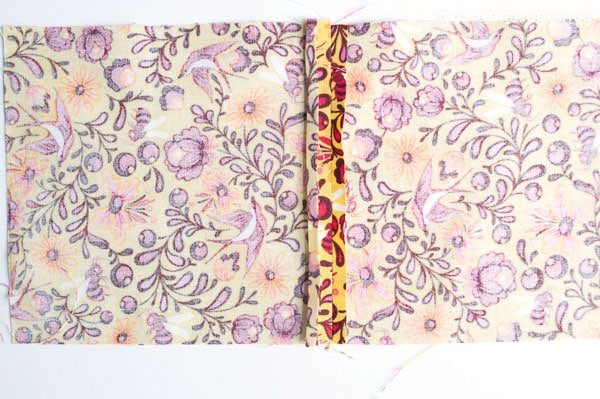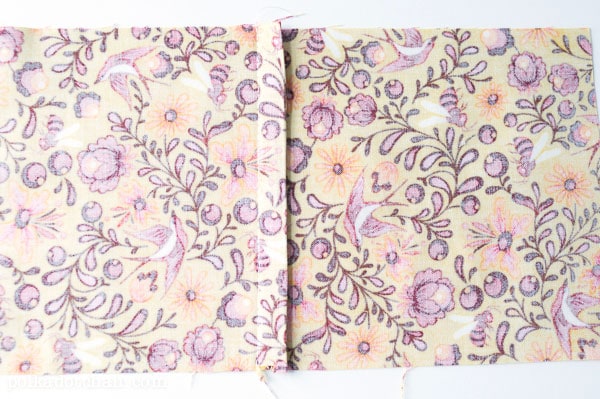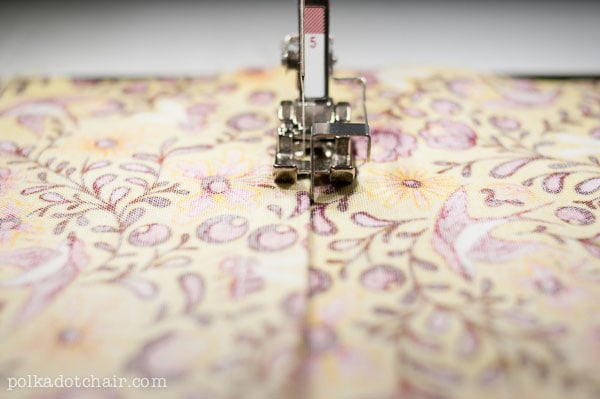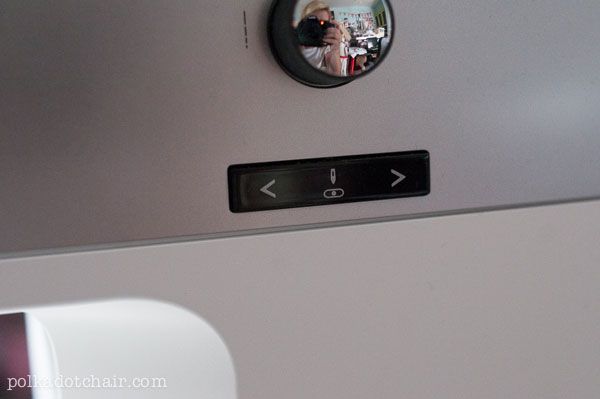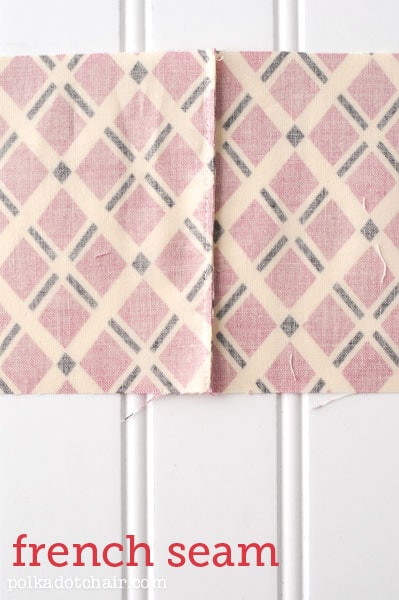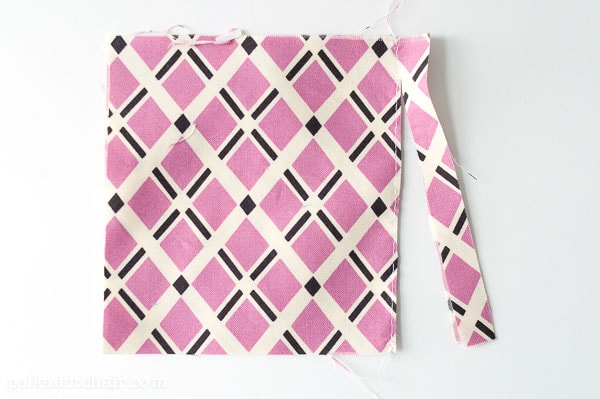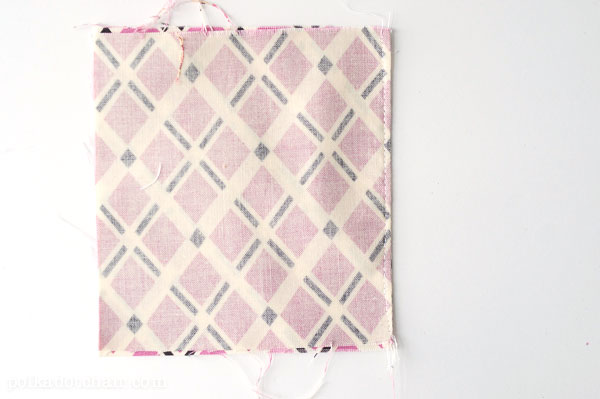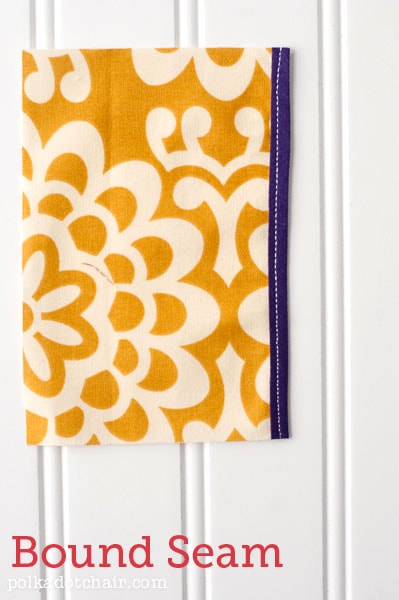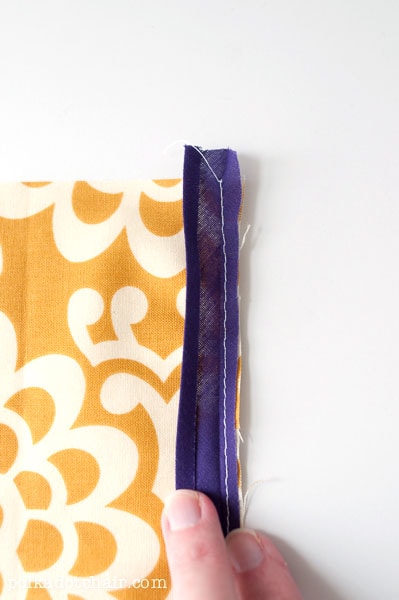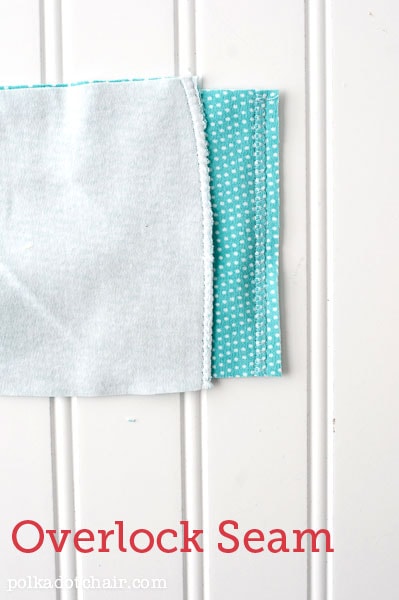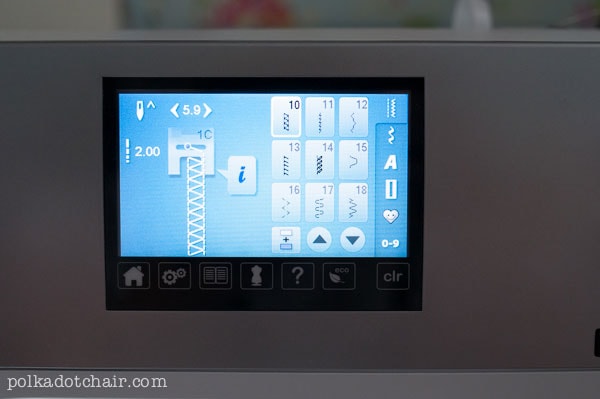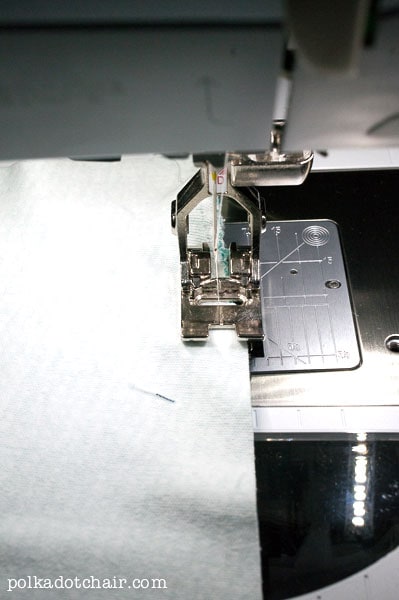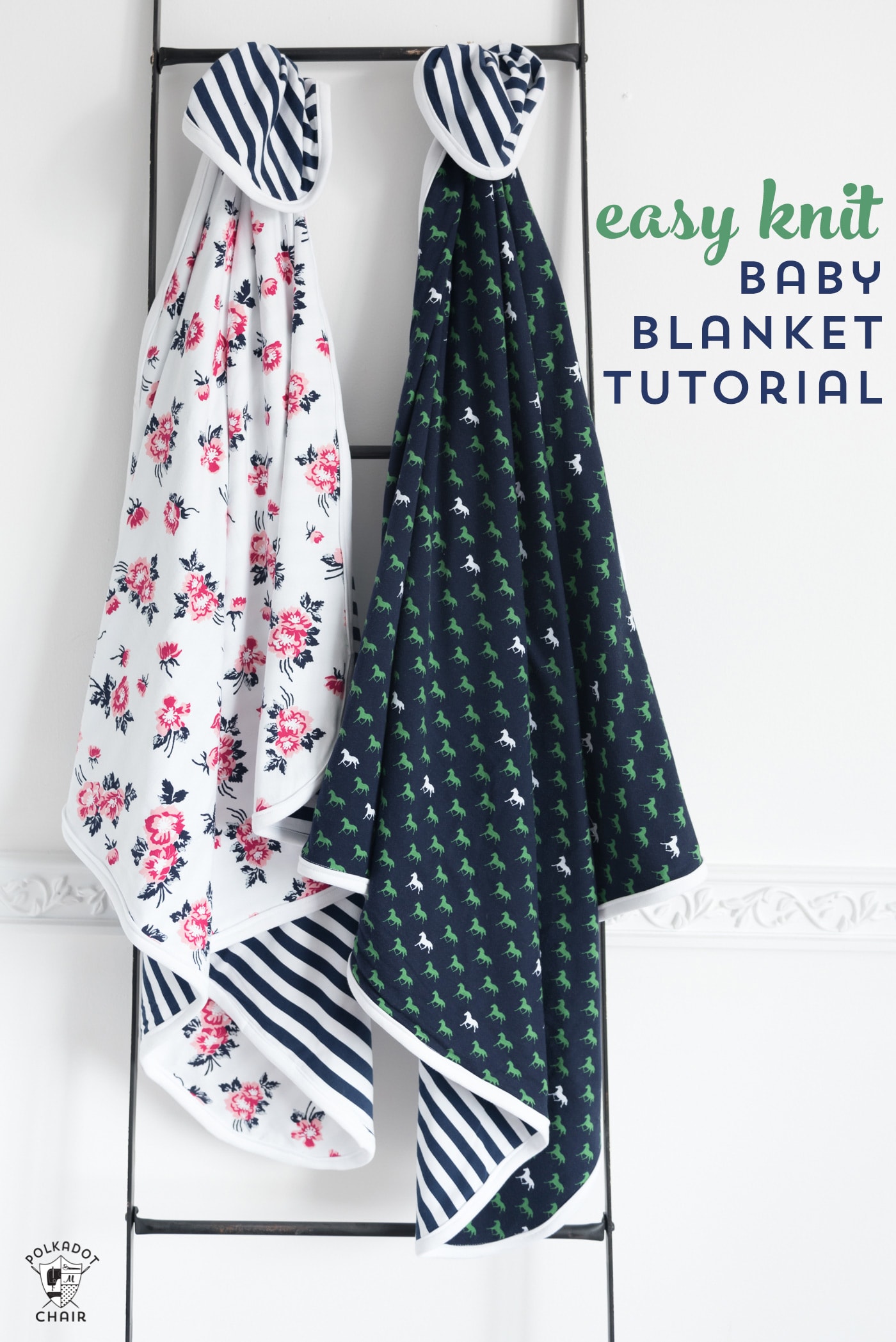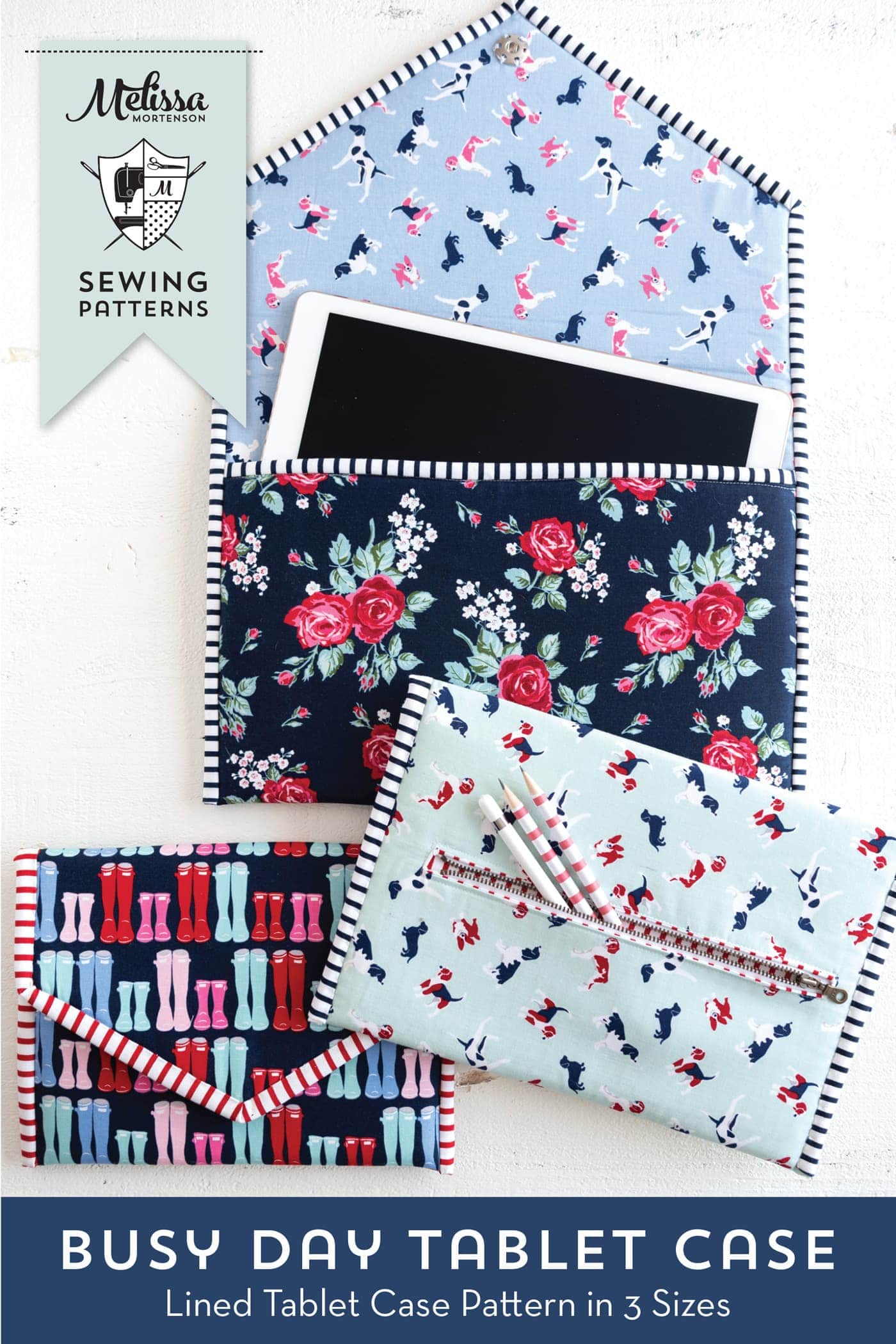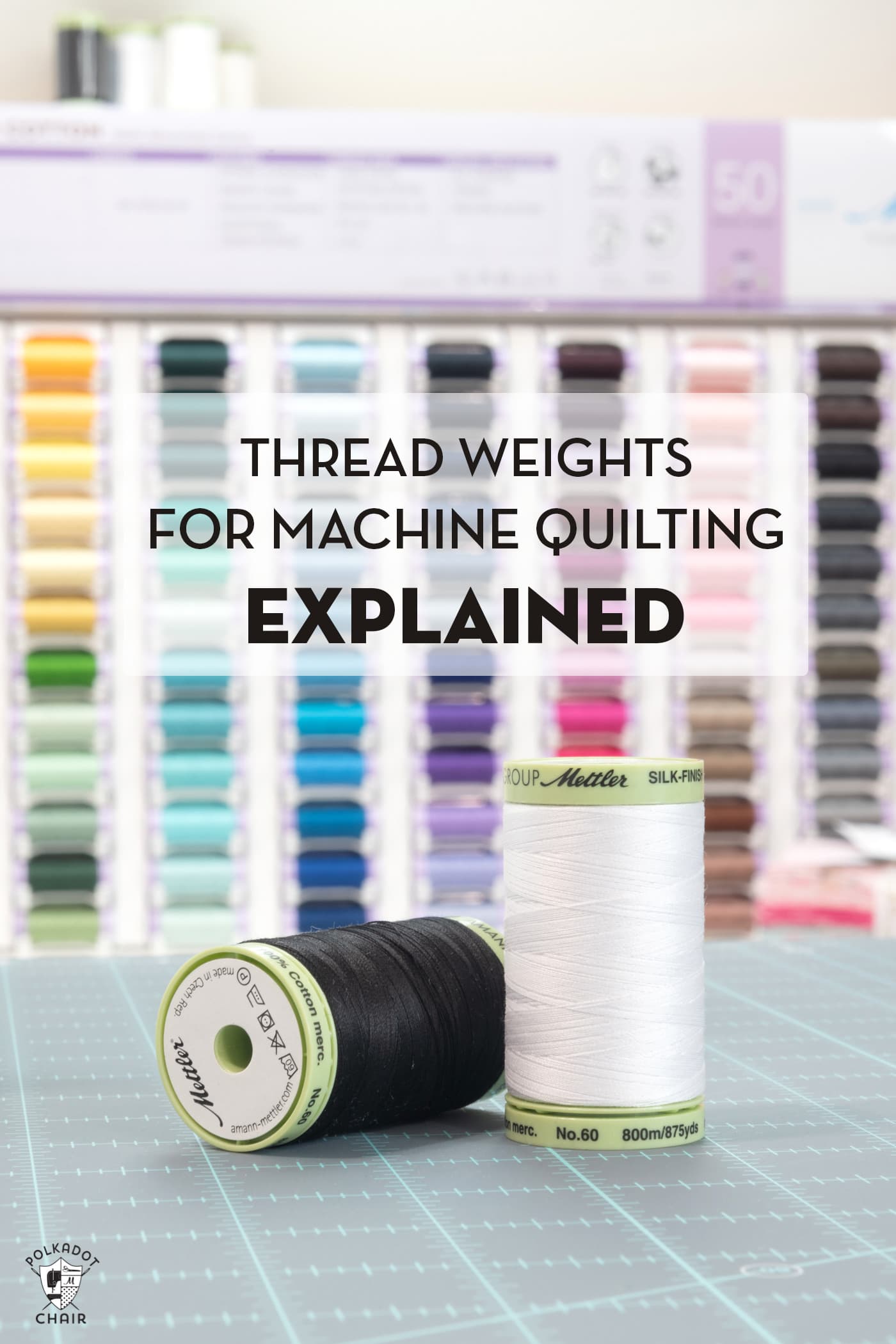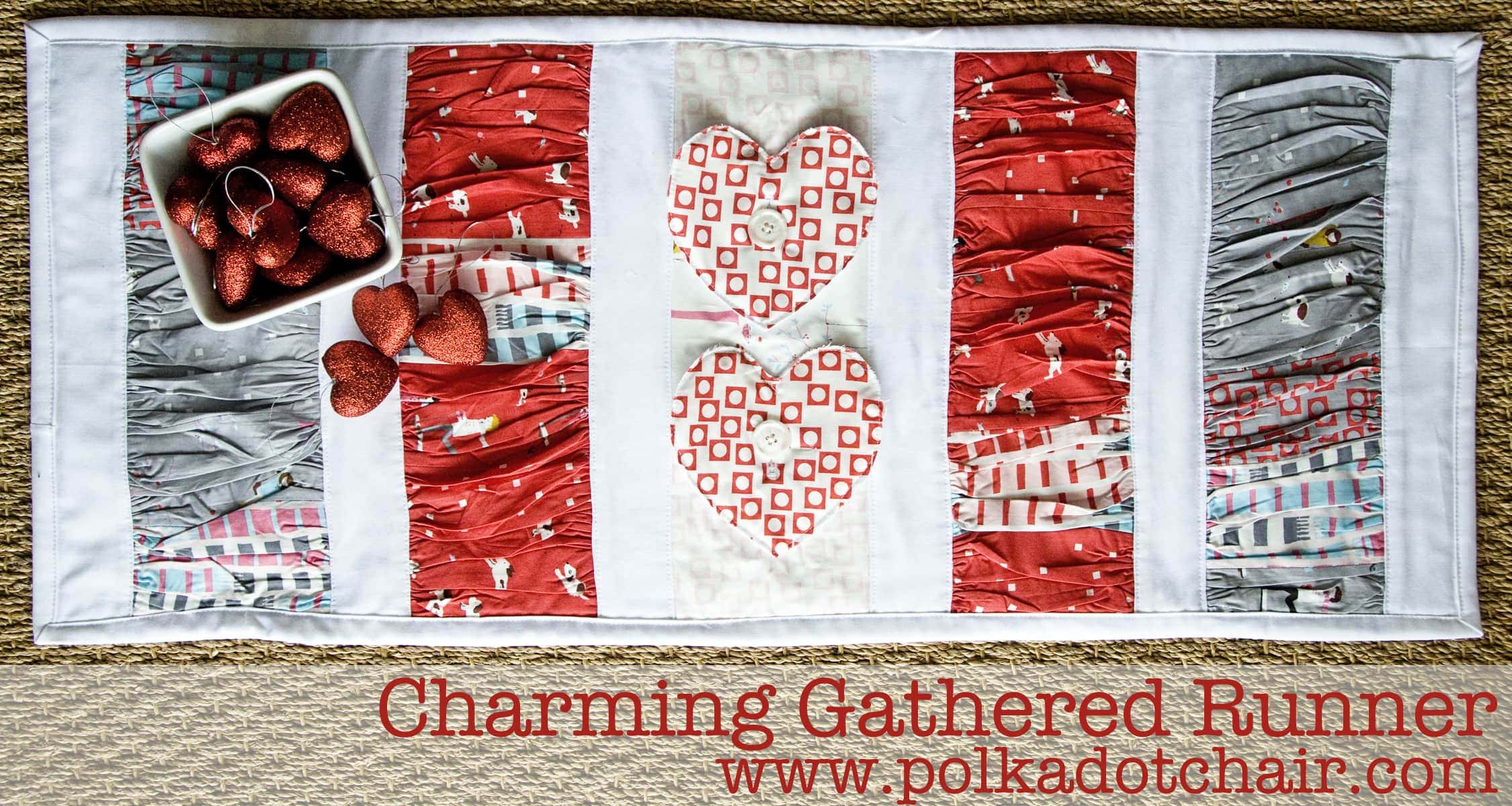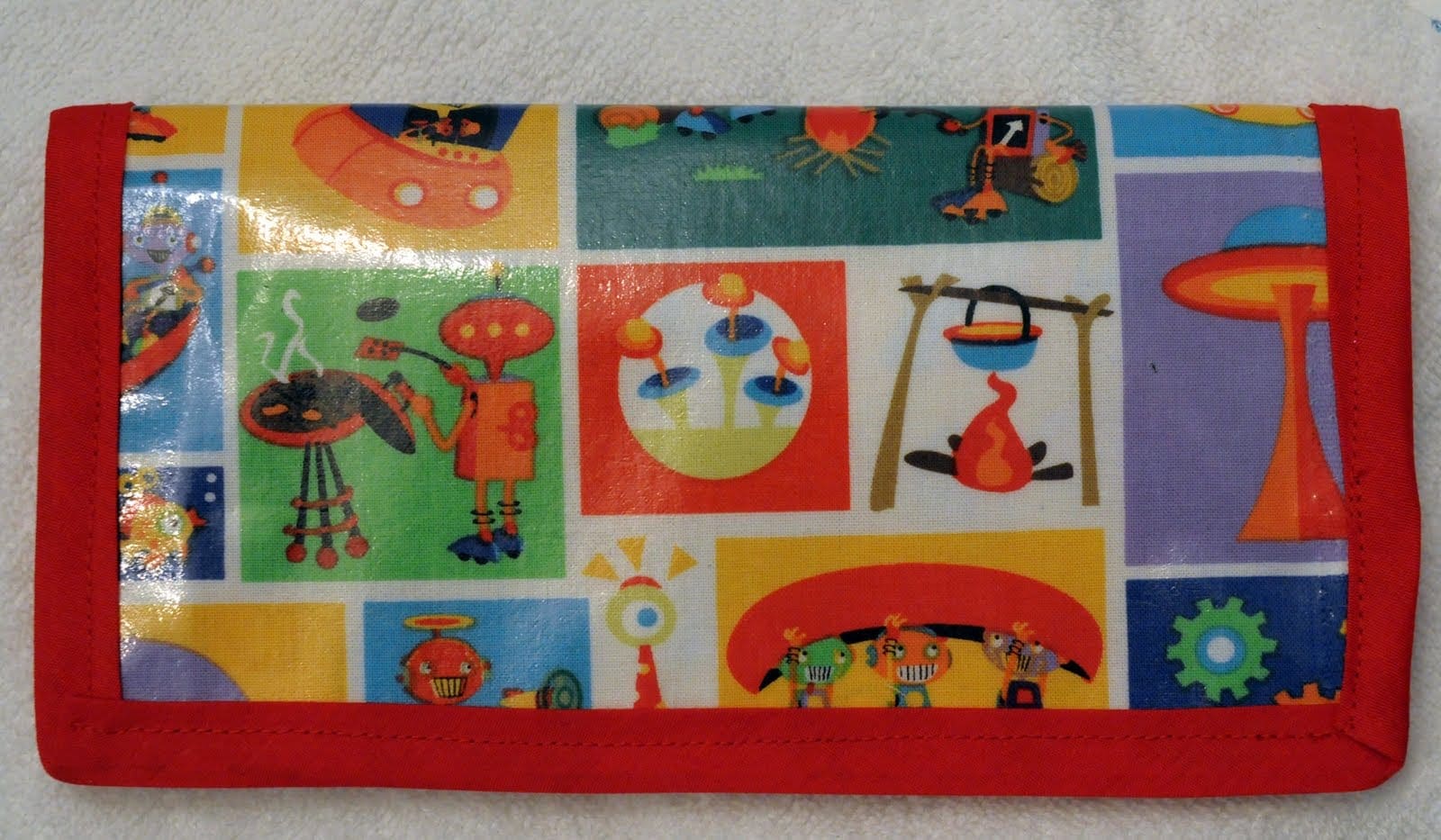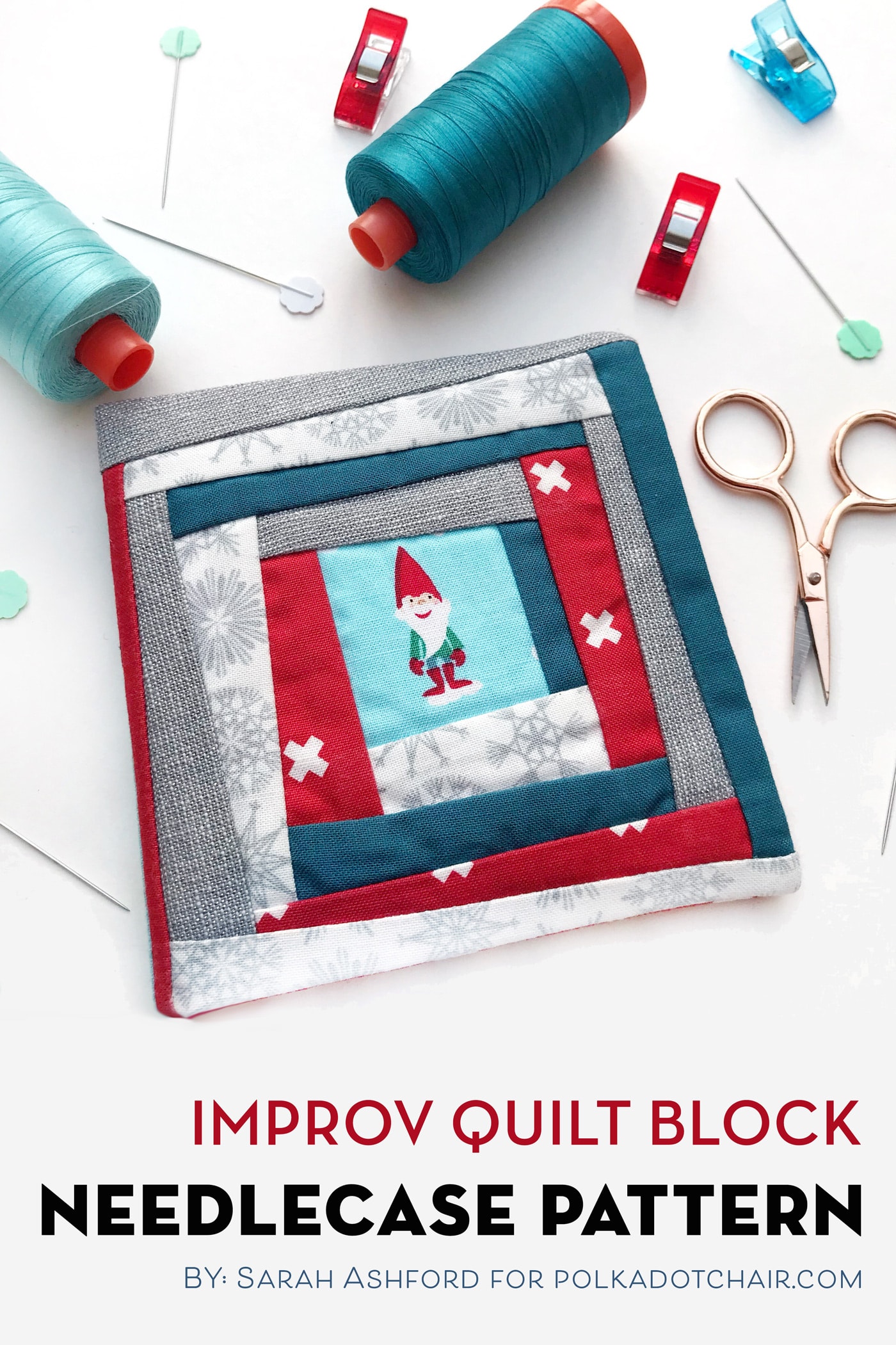Sewing Lesson: How to Finish Seams
No serger, no problem! Learn six unique, simple ways to finish a seam on a sewing project without a serger!
Hello! For this month’s Sewing Lesson, we will talk about “How to Finish Seams,” and guess what, you don’t need a serger!
If you’re new here, Sewing Lessons is a year-long blog series hosted on the Polka Dot Chair that BERNINA sponsors! There will be 12 lessons, each one aimed at improving your sewing skills.
For even more great sewing tips, you can check out Bernina’s site, We All Sew, and their Youtube Channel, which is full of loads of great video tutorials.
Why You Need to Finish Seam on a Sewing Project
There are a few reasons that you should always finish any exposed seams on a sewing project. First, it looks better. I love to try to make my sewn projects look as professional as possible, and finishing seams is an important part of that.
Secondly, it helps with long-term wear and tear. As you use your sewn item, the seams will get pulled on. If the fabric on edge begins to fray, the entire seam can fall out. Finishing the edge of the fabric helps prevent this from happening.
Third, your items will hold up better to washing. We all know that washing machines agitate items to get them clean. If you finish the seams of your project, you’ll avoid the large thread ball mess that sometimes occurs after washing.
Six Ways to Finish Seams without a Serger
Okay, now let’s talk about finishing. You want to finish your seams. I know that sometimes this seems like one extra step, and you’re just tired of the project and want to be done, but it IS essential. You don’t want to spend all of that time making something to have it fall apart when it’s washed or worn.
There are many ways to finish a seam today, we are going to talk about 6. Flat Felled Seams, French Seams, Zig Zagged Seams, Pinked Edges, and Overlock Seams.
One: With Pinking Shears
Let’s start with the simplest of all of these, Pinked Edges. For fabrics that do not fray a great deal or that will not get a lot of wear, you can simply use your pinking shears or a pinking attachment on your rotary cutter and pink the raw edges of your fabric.
You can even do this when you first cut out your project. The pinked edges will help deter the fabric from fraying.
Two: Zig Zagged Edge
Next is the Zig Zagged Edge. Almost all sewing machines have a zig-zag feature. To zig-zag an edge, sew the seam as you usually would and press the seam open.
Next, set your machine to a zig-zag stitch. On the Bernina 710 this is a #2 stitch.
Depending on the weight of your fabric, you can adjust the length and width of the zig-zag to get the best possible result.
Now just zig zag along the raw edge of the seam, one hit of the needle will be on the fabric, and the next hit of the needle will be off of it.
Three: Flat Felled Seam
Next is a Flat Felled Seam. Flat Felled Seams are generally used on heavy-weight fabric where extra strength is necessary (i.e. jeans). However, I really like to use flat felled seams on skirts and other children’s clothing. The finished top stitch gives a professional look to the outside of the garment.
Sew your seam as normal. Press the seam open. Then trim down one side of the seam allowance to 1/4” wide.
Next, press under the uncut seam allowance 1/4”
Fold the seam allowance with the folded edge on top of the seam allowance with the cut edge. Press.
Using foot #5 (edge stitch foot). Top stitch along the folded edge of the seam. You’ll need to adjust your needle position to the left.
To do this, just hit the arrow on the front of the machine until the needle is in the correct position.
Four: French Seams
Now for French Seams. Don’t be intimated by these; I was for years, then I learned how to do them, and they are so simple! French seams work best for lightweight fabrics and are very common in heirloom sewing.
For this type of seam, start by sewing your fabrics with the WRONG sides together. A common misconception about french seams is that you start by sewing a very tiny seam allowance. This is not true. Sew with the same seam allowance you would typically use, otherwise, your pattern may not align correctly.
After you have sewn the seam, trim the seam allowance down to a scant 1/8”, get as close as you can to the edge without cutting the seam.
Turn the fabric so the right sides are together and use your fingers roll the fabric until the seam is worked out all the way to the edge. Now just stitch a seam along the edge. Make sure it’s deep enough to catch all of the raw edges, but try to keep it as small as possible, so there is not a lot of bulk.
Five: Bound Seam
Next is a Bound Seam. You may want to use a bound seam when finishing the raw edge of something like a skirt or sleeve, and you want the contrast of the bias tape to show as a decorative touch.
You will need double-fold bias tape, or you can get single-fold and fold it in half.
Open up the bias tape and match the bias tape’s raw edge with the fabric’s raw edge. Just a note, use a matching thread; I only used white so you can see the stitching.
Stitch along the first fold in the bias tape.
Refold the bias tape and press. Now just top stitch along the edge of the bias tape to finish.
Six: Overlock Seam
The last finishing technique I’d like to talk about is an Overlock Seam. These seams are made for knit fabrics.
They allow you to finish and sew the seam of your fabric in one step. An overlock stitch is also great for a decorative touch on things like the collar of a t-shirt. The great thing about the Bernina 710 is that it has a built-in Overlock Stitch. These stitches are usually found in sergers.
Since you are sewing with a knit fabric, make sure that you use a stretch needle in your machine.
On the 710, set it to the overlock stitch, which is #10
Now hit the “i” on the screen and adjust the presser foot pressure. You want a light presser foot pressure to get a good result. (otherwise, your fabric make gather and stretch as you sew)
Now just stitch down the edge of your fabric. The needle will be going off the edge slightly as it stitches.
I hope you’ve enjoyed this month’s lesson! Any suggestions for next month!?!
